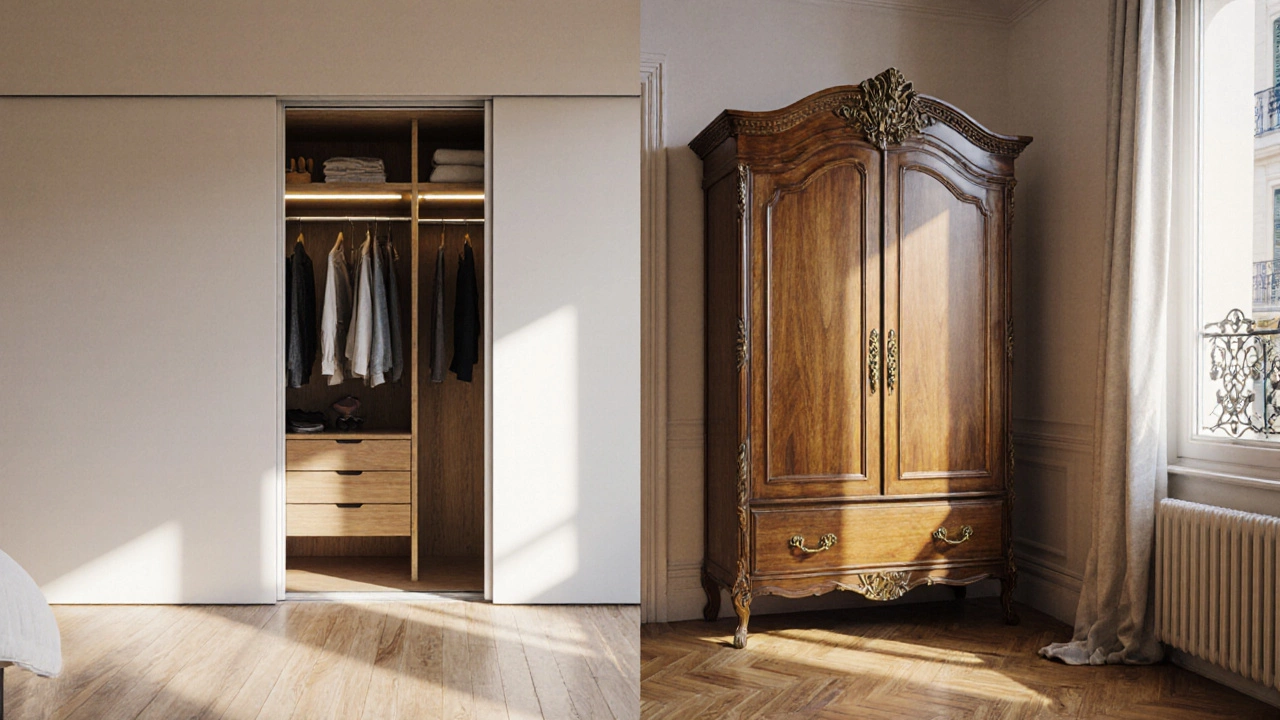Built‑In Storage: Smart Ways to Hide and Organize Your Home
When working with built-in storage, integrated compartments built into walls, furniture or fixtures that keep belongings out of sight while staying easily reachable. Also known as concealed storage, it helps you declutter without sacrificing style. One popular form is the wardrobe, a built‑in closet that maximises bedroom floor space. Another common solution is a bookshelf, which can double as a room divider while storing books and décor. For seasonal items, storage container with airtight seals keep pests out, as we’ll see later. Finally, kitchen open shelving blends accessibility with a sleek look, turning pantry space into a showcase.
Why built-in storage works for every room
Built-in storage encompasses wardrobe solutions that turn unused wall space into usable closets. It requires careful placement of bookshelves so they support both display and load‑bearing needs. Kitchen open shelving influences built-in storage design by encouraging a minimalist layout that keeps everyday items within arm’s reach. Storage containers keep pests out, protecting the integrity of your hidden compartments. A dresser can double as a TV stand, showing how flexible storage options can solve multiple design challenges. These relationships mean you can tailor storage to suit a bedroom, living room, kitchen or hallway without adding bulky, free‑standing pieces.
Below you’ll find a curated set of articles that dive into specific aspects of built‑in storage. From choosing the right wardrobe depth to preventing bugs in storage containers, each guide offers practical tips you can apply right away. Whether you’re planning a full‑home renovation or just adding a few clever nooks, the posts here give you the insight you need to make the most of concealed storage in your space.
Why Europe Has Few Closets: History, Design, and Modern Alternatives
Explore why European homes rarely feature built‑in closets, tracing history, space constraints, and building codes, and discover modern wardrobe alternatives for today’s apartments.
View more